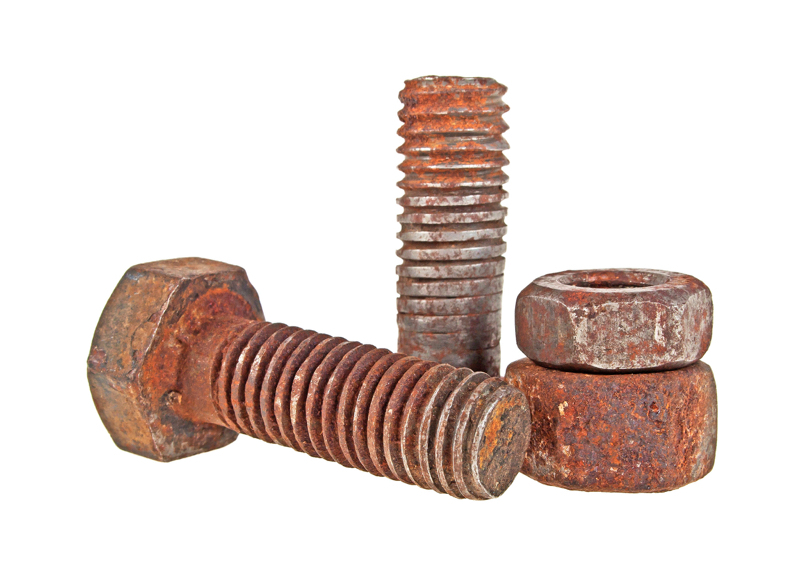Washing is an important step in the process of preparing parts for industrial metal coating. For certain types of parts and materials, ultrasonic cleaning is the safest and most effective pre-coat cleaning method. We’ll explain in brief how ultrasonic cleaning works and to determine when to use ultrasonic cleaning to prepare parts for coating.

Parts Washing 101: Why Clean Parts are Important
Washing does more than make the part shine. Parts washing is a mandatory step in the industrial metal coating process.
The performance and longevity of a coating depend greatly on the quality of the surface to which it is applied. Simply put, a coating cannot adhere as well to a part covered in dust, dirt, oil, rust, algae or other contaminants. That is true of PVC coating, poly coating, and all other metal coating technologies.
Neglecting to clean parts before coating them leaves them vulnerable to the very problems that coatings are meant to prevent.
The most common parts washing methods in the industrial metal coating industry are drum washing, hang washing, and ultrasonic cleaning. Drum and hang washing are highly effective, but too rough for delicate parts or sensitive materials.
Ultrasonic cleaning is a far gentler solution for cleaning parts in before the coating process.
How Ultrasonic Cleaning Works
Ultrasonic cleaning uses a process called cavitation to loosen dirt and other contaminating particles.
- The operator places the object to be cleaned into an ultrasonic cleaning chamber filled with water or cleaning solution.
- The machine generates high-frequency ultrasound waves, agitating the liquid.
- Millions of microscopic bubbles form in response to the vibration, covering the object and penetrating any cracks and recesses.
- The bubbles force contaminants loose from the surface of the object.
- In most cases, the part is clean within 3 and 6 minutes.
The results are impressive. Ultrasonic cleaning can remove everything from ground-in dirt and rust to stubborn oil and grease stains. It can also remove organic contaminants like bacteria, which is why the medical industry uses ultrasonic cleaning for surgical and dental instruments.
It is important to note that ultrasonic cleaning is not the same as sterilization. For medical instruments, sterilization is a separate step in the metal coating process that follows ultrasonic cleaning.
When to Use Ultrasonic Cleaning to Prepare Parts for Coating
Ultrasonic cleaning is an ideal solution for many types of delicate parts. “Delicate” means parts made from sensitive materials like aluminium, or with shapes that are easily damaged: thin or narrow protrusions, holes, machined surfaces, or small details.
There are several reasons why ultrasonic cleaning is a safer pre-coating process for more sensitive components:
- The cavitation effect of ultrasonic cleaning can remove contaminants to prepare parts for coating without the use of harsh chemicals.
- Cavitation is gentler than the motion of drum washing or hang washing.
- Ultrasonic cleaning does not cause parts to bump together or against the side of the cleaning chamber.
Most hard, non-absorbent parts are suitable for ultrasonic cleaning, including parts made of aluminium, metal, glass, ceramic, or hard plastic.

